PRODUCTION
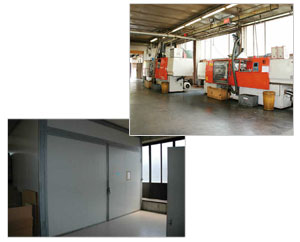
Tergom has modern computerized presses and injection presses vertical and horizontal for molding articles with high accuracy.
The power available closing varies from 180 to 270 tons for the injection and from 120 to 160 tons for the compression presses
The articles produced by Tergom are moulded with compounds of different quality in function of customer’s needs. The blends should be stored at temperatures not higher than 23 ° C and should not be exposed to light, for this Tergom has a warehouse obscured and air conditioned for the perfect conservation of the compounds.
TESTS CARRIED OUT
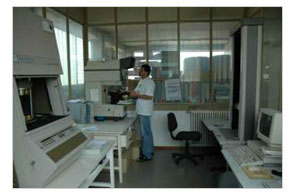
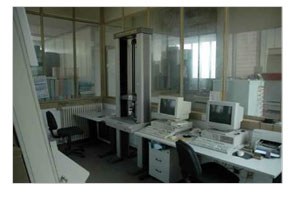
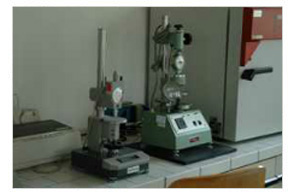
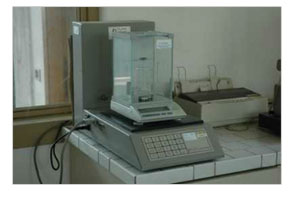
Determining the water hardness ShA and microhardness IRHD: for hardness measurements on the specs to rubber are used two procedures:
- Shore hardness according to DIN 53505 / ISO
- Hardness penetration is sphere (Hardness Rockell) according to DIN 53519 / ISO
For the Shore A hardness is meant the resistance of a body to penetration of another hard body of conical form of a certain size at a defined pressure. The sample test shall have a smooth, flat surface of at least 30mm in diameter and a thickness of 6mm. For the IRHD hardness (penetration hardness of sphere) it is meant the resistance opposite by a rubber sample to the penetration of a spherical body defined at a given pressure: the specimen must have a smooth, flat surface with a thickness of between 1.5 and 2.5 mm. Measuring tools have a hardness scale of 0 to 100 units Shore A or IRHD, with 0 being the lowest hardness and 100 the highest.
Determining the density of the mixture: The test is carried out with a special instrument formed by an electronic balance and a beaker containing distilled water at room temperature. The density of the test compound is determined by the ratio between the weight of the specimen in air and the volume of the specimen in water
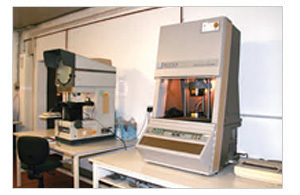
We are using the shell as specimens are cylindrical disks of various sizes, vulcanized in molds or derived by plates. The test may also be performed on finished articles (for example, o-rings).
LABORATORY
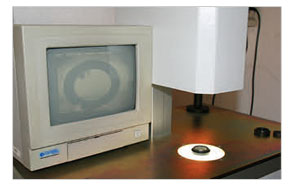
Tergom has a laboratory equipped with:
- Rheometer
- Tension
- Electronic ShA hardnesses and MicroIrhd
- Hydrometer
- Equipment for the detection of Compression-Set
- Profile projector
- Equipment for evidence of aging in oil




